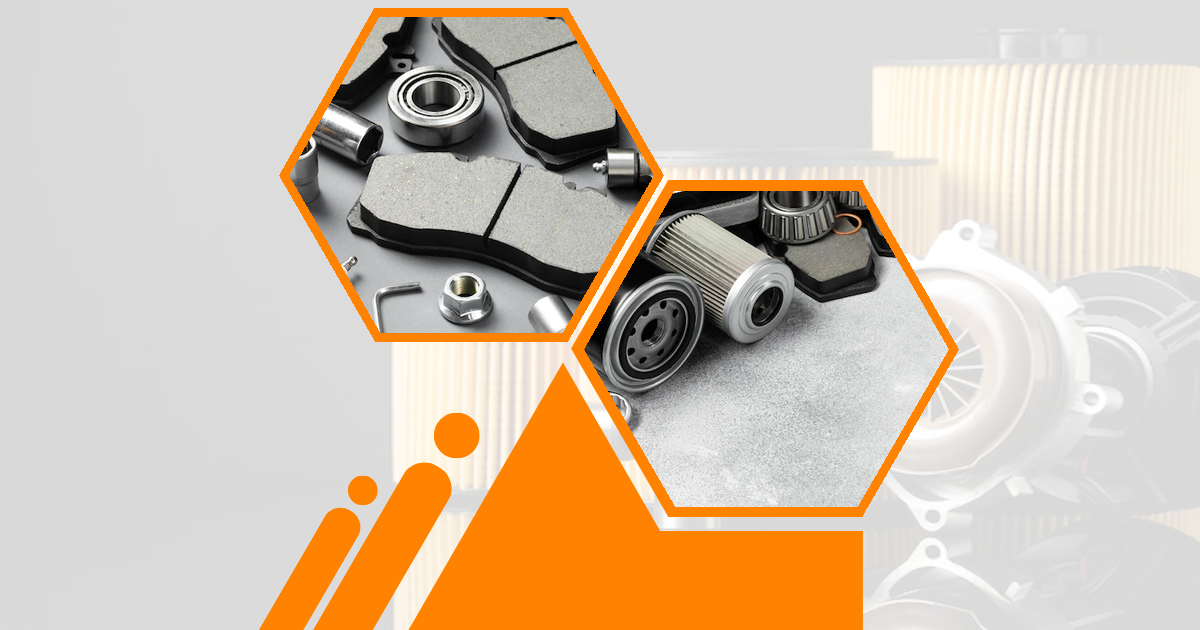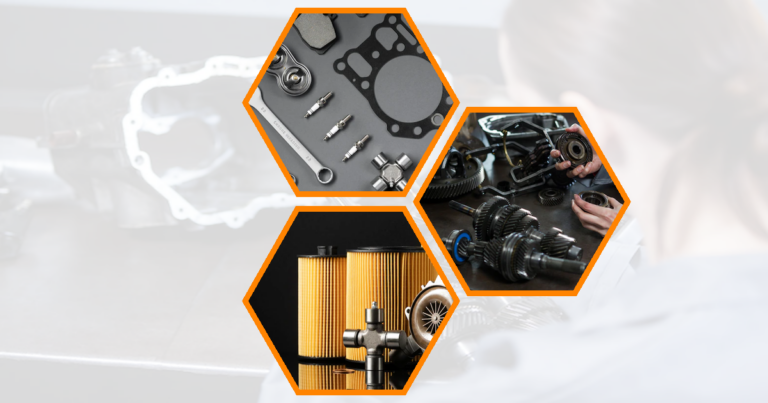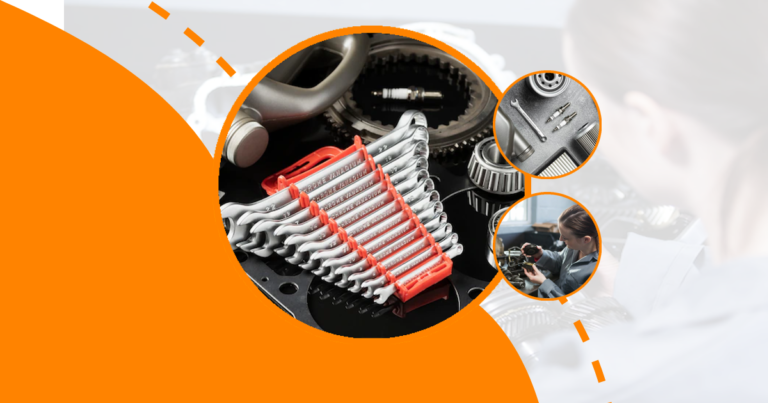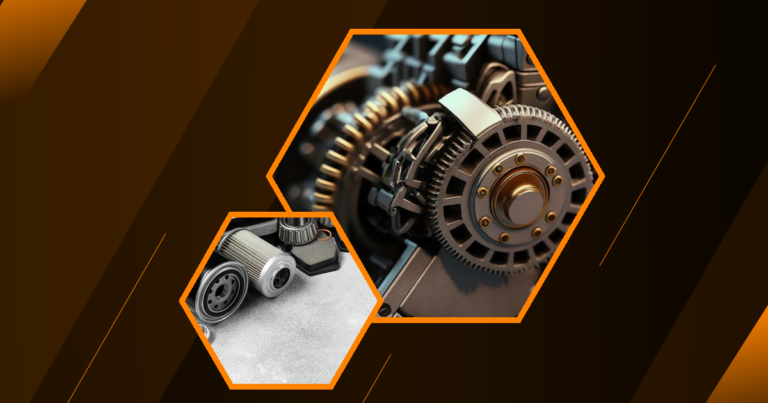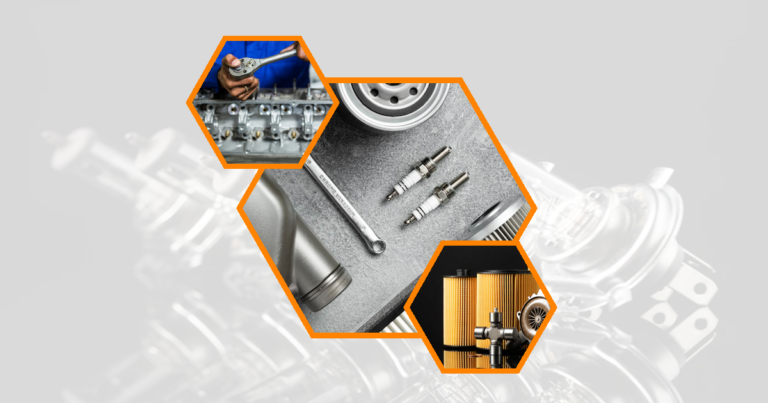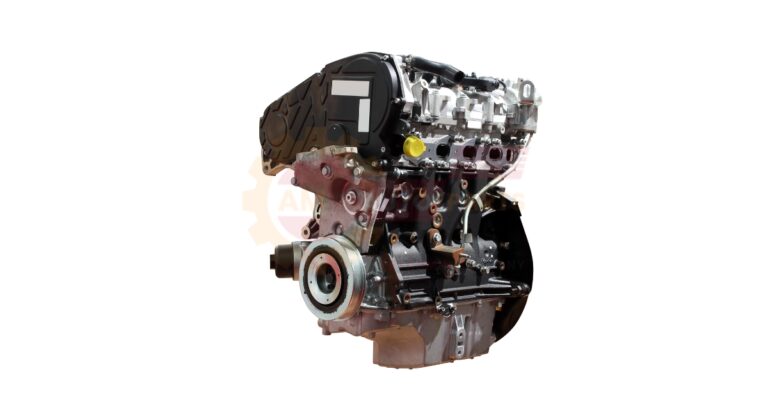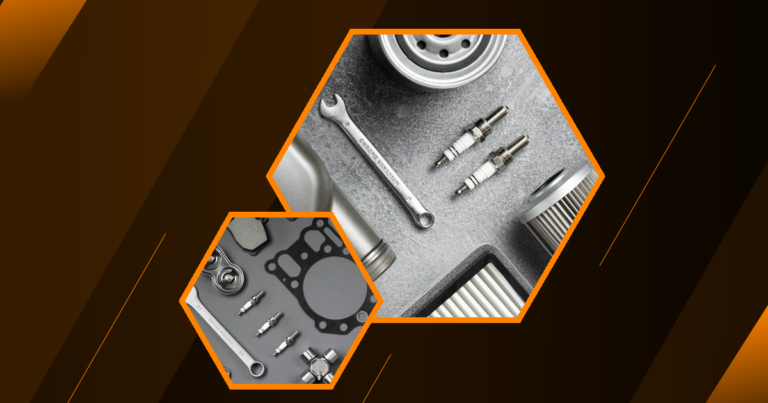In the world of mechanics and engineering, the gearbox plays a pivotal role in the operation of various machines and vehicles. But what exactly is a gearbox? A gearbox, often referred to as a transmission, is a mechanical device that uses gears and gear trains to provide speed and torque conversions from a rotating power source to another device. This essential component is found in everything from cars to industrial machinery, ensuring that power is efficiently transferred and utilized.
What Is a Gearbox?
A gearbox is a mechanical assembly that consists of a series of gears and gear trains. Its primary purpose is to adjust the output speed and torque of a motor to suit the needs of a specific application. By altering the gear ratio, a gearbox can increase torque while reducing speed, or vice versa, depending on the requirements of the task at hand.
Basic Components of a Gearbox
The basic components of a gearbox include gears, shafts, bearings, and housing. Gears are the toothed wheels that mesh together to transmit power. Shafts are the rods that support the gears and allow them to rotate. Bearings reduce friction and support the shafts, while the housing encases all these components, providing protection and structural support.
How a Gearbox Works in Mechanical Systems
In mechanical systems, a gearbox works by transferring power from the input shaft to the output shaft through a series of gears. The input shaft is connected to the power source, such as an engine or motor, while the output shaft is connected to the device that requires power. By changing the gear ratio, the gearbox can adjust the speed and torque to meet the specific needs of the application.
- Gears : Transmit power between shafts.
- Shafts : Support and rotate the gears.
- Bearings : Minimize friction and support shafts.
- Housing : Protects and supports the internal components.
The Mechanics of Gearbox Operation
Understanding the mechanics of gearbox operation is crucial for appreciating its role in various applications. The gearbox operates by utilizing two sets of gears: the input and output shafts.
Two Sets of Gears: Input and Output Shafts
The input shaft is connected to the power source, while the output shaft is connected to the device that requires power. The gears on these shafts mesh together to transmit power, with the gear ratio determining the speed and torque of the output.
Gear Ratios and Their Significance
Gear ratios are a critical aspect of gearbox operation. They determine the relationship between the input and output speeds and torques. A higher gear ratio means more torque and less speed, while a lower gear ratio means more speed and less torque. This allows the gearbox to be tailored to the specific needs of the application.
- Input Shaft : Connects to the power source.
- Output Shaft : Connects to the device requiring power.
- Gear Ratio : Determines speed and torque relationship.
Gearbox Speed vs. Traction Trade-off
One of the key considerations in gearbox design is the trade-off between speed and traction. This balance is crucial for optimizing performance in various applications.
Balancing Power and Torque
Balancing power and torque is essential for achieving the desired performance in a gearbox. By adjusting the gear ratio, engineers can optimize the balance between speed and traction, ensuring that the gearbox meets the specific needs of the application.
Efficiency Considerations in Gearbox Design
Efficiency is a critical factor in gearbox design. An efficient gearbox minimizes energy loss and maximizes power transfer, resulting in better performance and reduced wear and tear on the components.
- Power and Torque Balance : Optimizes performance.
- Efficiency : Minimizes energy loss and maximizes power transfer.
Types of Industrial Gearboxes
Industrial gearboxes come in various types, each designed for specific applications and requirements. Understanding these types is essential for selecting the right gearbox for a given task.
Concentric Gearboxes
Concentric gearboxes feature a design where the input and output shafts are aligned. This configuration is compact and efficient, making it ideal for applications where space is limited.
Parallel Shaft Gearboxes
Parallel shaft gearboxes have input and output shafts that are parallel to each other. This design is suitable for applications requiring high torque and efficiency.
Right Angle Gearboxes
Right angle gearboxes have input and output shafts that are perpendicular to each other. This configuration is ideal for applications where space constraints require a change in direction.
Shaft Mount Gearboxes
Shaft mount gearboxes are mounted directly onto the driven shaft, eliminating the need for additional components. This design is cost-effective and easy to install.
- Concentric Gearboxes : Compact and efficient.
- Parallel Shaft Gearboxes : High torque and efficiency.
- Right Angle Gearboxes : Space-saving design.
- Shaft Mount Gearboxes : Cost-effective and easy to install.
Common Gearbox Configurations
There are several common gearbox configurations, each with unique characteristics and applications.
Helical Gearbox
Helical gearboxes use helical gears, which have angled teeth that provide smooth and quiet operation. This configuration is ideal for high-speed applications.
Coaxial Helical Inline Gearbox
Coaxial helical inline gearboxes feature a design where the input and output shafts are aligned, providing high efficiency and compactness.
Bevel Helical Gearbox
Bevel helical gearboxes combine bevel and helical gears, offering high efficiency and the ability to change the direction of power transmission.
Worm Gearboxes
Worm gearboxes use a worm gear and a worm wheel to transmit power. This configuration provides high torque and is suitable for applications requiring a significant reduction in speed.
Planetary Gearbox
Planetary gearboxes use a central sun gear, planet gears, and a ring gear to transmit power. This design offers high efficiency and compactness, making it ideal for applications requiring high torque and precision.
- Helical Gearbox : Smooth and quiet operation.
- Coaxial Helical Inline Gearbox : High efficiency and compact.
- Bevel Helical Gearbox : Efficient and directional change.
- Worm Gearboxes : High torque and speed reduction.
- Planetary Gearbox : High efficiency and precision.
Gearbox Applications in Various Industries
Gearboxes are used in a wide range of industries, each with unique requirements and applications.
Automotive Sector
In the automotive sector, gearboxes are essential for adjusting the engine’s output to suit different driving conditions. They allow vehicles to accelerate, climb hills, and maintain speed efficiently.
Manufacturing and Industrial Machinery
In manufacturing and industrial machinery, gearboxes are used to transmit power and adjust speed and torque. They are essential for ensuring efficient operation and minimizing wear and tear on components.
Renewable Energy Systems
In renewable energy systems, gearboxes are used to transmit power from wind turbines and other sources to the grid. They are essential for ensuring efficient power transfer and maximizing energy output.
- Automotive Sector : Adjusts engine output for driving conditions.
- Manufacturing and Industrial Machinery : Transmits power and adjusts speed and torque.
- Renewable Energy Systems : Ensures efficient power transfer.
Maintenance and Troubleshooting of Gearboxes
Proper maintenance and troubleshooting are essential for ensuring the longevity and performance of gearboxes.
Common Gearbox Issues
Common gearbox issues include excessive noise, overheating, and leaks. These problems can result from wear and tear, improper lubrication, or misalignment of components.
Preventive Maintenance Tips
Preventive maintenance tips for gearboxes include regular inspection, proper lubrication, and alignment checks. These practices can help prevent issues and extend the life of the gearbox.
- Common Issues : Noise, overheating, and leaks.
- Preventive Maintenance : Regular inspection, lubrication, and alignment checks.
Advancements in Gearbox Technology
Advancements in gearbox technology are driving improvements in performance, efficiency, and sustainability.
Smart Gearboxes and IoT Integration
Smart gearboxes with IoT integration offer real-time monitoring and diagnostics, allowing for predictive maintenance and improved performance.
Eco-friendly Gearbox Designs
Eco-friendly gearbox designs focus on reducing energy consumption and minimizing environmental impact. These designs incorporate lightweight materials and advanced lubrication systems. Crankshaft transforms motion by changing the up-and-down movement of pistons into a spinning motion This spinning motion helps engines power cars bikes and other machines Automotive mechanism distinctions Cars have different parts that work together to make them move and stop Some cars use gasoline engines while others use electric motors to power their wheels
Camshaft engine component The camshaft engine component is a rotating rod with special bumps that controls when the engine valves open and close helping the engine run smoothly and efficiently Vehicle impact dampeners are special parts that help make car rides smoother and safer by absorbing shocks from bumps and crashes
Engine lubricants compared Different types of engine oils are tested to see which ones work best to keep car engines running smoothly and lasting longer
- Smart Gearboxes : Real-time monitoring and diagnostics.
- Eco-friendly Designs : Reduced energy consumption and environmental impact.
Selecting the Right Gearbox for Your Application
Selecting the right gearbox for your application is crucial for ensuring optimal performance and efficiency.
Factors to Consider When Choosing a Gearbox
Factors to consider when choosing a gearbox include the application’s speed and torque requirements, space constraints, and environmental conditions. These factors will help determine the most suitable gearbox type and configuration.
Gearbox Selection Guide
The gearbox selection guide provides valuable insights and recommendations for choosing the right gearbox for your specific needs. By considering factors such as speed, torque, and space constraints, you can make an informed decision.
- Factors to Consider : Speed, torque, space constraints, and environmental conditions.
FAQ’s
What does the gearbox do?
A gearbox adjusts the output speed and torque of a motor to suit the needs of a specific application. It achieves this by altering the gear ratio, allowing for increased torque and reduced speed, or vice versa.
Is there a difference between a gearbox and a transmission?
While the terms are often used interchangeably, a gearbox is a component of a transmission system. The transmission encompasses the entire system that transmits power from the engine to the wheels, including the gearbox.
Why do cars need a gearbox?
Cars need a gearbox to adjust the engine’s output to suit different driving conditions. By changing the gear ratio, the gearbox allows the car to accelerate, climb hills, and maintain speed efficiently.
What are the main components of a gearbox?
The main components of a gearbox include gears, shafts, bearings, and housing. These components work together to transmit power and adjust speed and torque.
Can you drive without a gearbox?
Driving without a gearbox is not feasible, as it is essential for adjusting the engine’s output to suit different driving conditions. Without a gearbox, a vehicle would be unable to accelerate, climb hills, or maintain speed efficiently.
